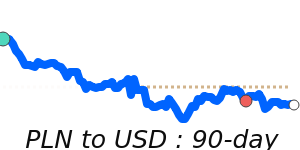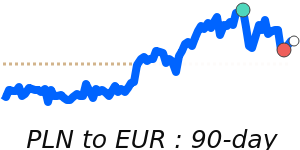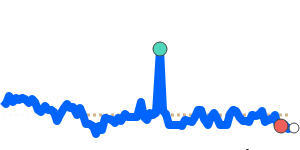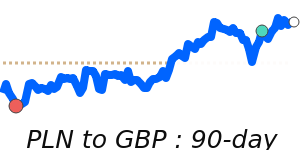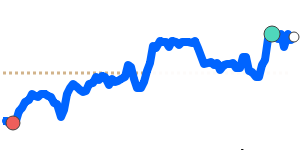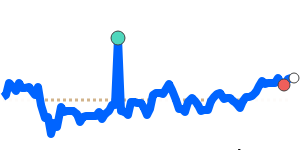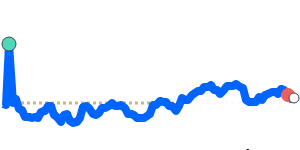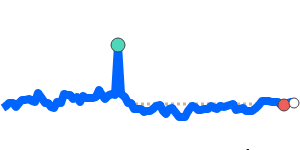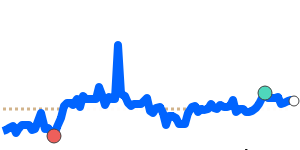Recent developments indicate a dynamic environment for the Polish zloty (PLN) as the National Bank of Poland (NBP) implements monetary policy changes amid strong economic indicators. On December 2-3, 2025, the NBP cut its reference rate by 0.25 percentage points to 4.00%, marking the fifth consecutive rate reduction. This decision was driven by inflation stabilizing at the central bank's target of 2.5% in November and robust GDP growth recorded in the third quarter.
The NBP has also projected a significant loss of over 30 billion zlotys for 2025, primarily due to the zloty's appreciation against major foreign currencies like the U.S. dollar. This strengthening has implications for importers and exporters, potentially affecting profit margins for those dealing in international transactions.
In a positive vein, Prime Minister Donald Tusk announced an optimistic investment forecast, with expectations that investment inflows into Poland will exceed 650 billion zlotys in 2025, with room for upward adjustments. This anticipated growth may bolster confidence in the Polish economy and its currency.
In terms of exchange rates, the PLN has recently been trading near 14-day lows against the USD at 0.2781, which is 1.2% above its three-month average of 0.2748. The PLN to EUR exchange rate stands at 0.2368, just above its three-month average, while the PLN to GBP rate is consistent with its three-month average at 0.2066. The PLN has shown more volatility against the JPY, currently at 43.49, which is 2.6% above its three-month average of 42.37. Analysts indicate that the zloty may continue to experience a stable trend against the euro due to Poland's robust economic outlook.
UBS has revised its zloty forecasts, suggesting that this sideways trend with the euro may persist into the next quarter. Overall, as the market navigates these monetary adjustments and economic growth expectations, businesses and individuals should remain vigilant in monitoring exchange rate fluctuations to optimize their international transactions.
